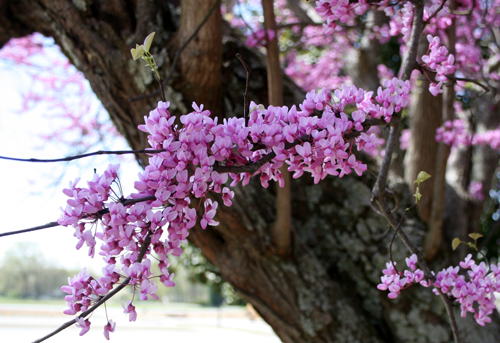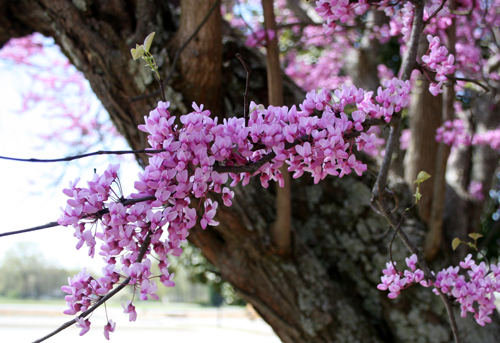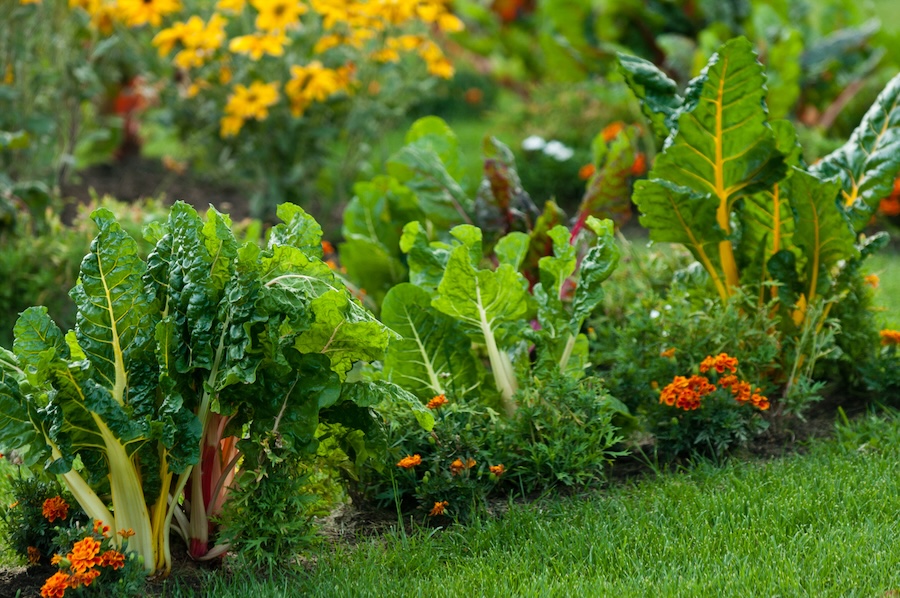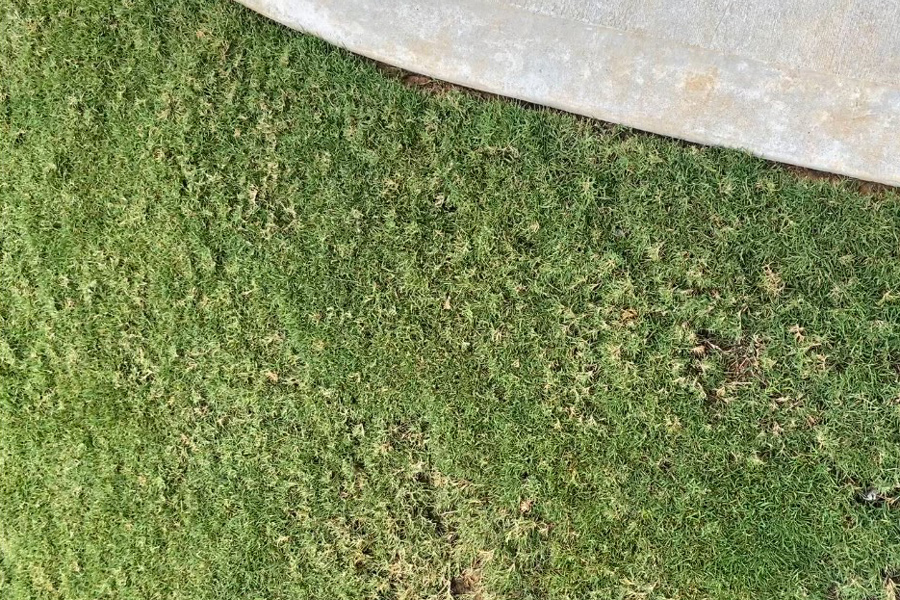Now is one of the best times to plant new additions to landscapes. Planting during cooler months gives trees and shrubs a better chance of getting established before the heat of summer hits.
Whether you need a shade tree to cool the patio or a new ornamental to replace a diseased shrub, always begin with a solid plan and a list of appropriate plants. Most importantly, by selecting quality plants, you will improve the growth of new trees and shrubs. Close examination of the plants being purchased is necessary to assure success.
Healthy roots
The root system is extremely important and should be in balance with the top of the plant. Plants with a large, heavy top and a small root ball will establish slowly with spring planting. The limited root system must be able to supply water and nutrients all of the leaves on the branches. Each inch of trunk thickness measured six inches above the soil needs 10 to 12 inches of root ball diameter for good growth. So a 2.5-inch tree trunk should have a 25 to 30 inch root ball.
To check the roots, simply remove the plant from the pot and examine the roots on the surface of the soil mix. White, healthy root tips are desirable. A lot of white roots means the plant has roots that are ready to grow in the landscape once transplanted. Avoid brown or black roots, which are soft and will not carry water and nutrients to the rest of the plant.
Branches
Inspect the shape of trees and shrubs to avoid future problems. A well-formed shade tree will have a strong, central trunk with horizontal branches arranged every 12 to 18 inches up the tree. Shrubs should be uniformly branched in all directions and fairly dense. Avoid leggy shrubs, which have no lower branches and will likely remain bare at their base.
Additional factors
Check the plant’s growth potential. The amount of growth a tree or shrub made in the last season indicates the strength of the plant. Very short, thin twigs are signs of a struggling and weak plant. For evergreen trees and shrubs, abundant foliage will indicate last year’s growth.
Be careful not to bring home a pest problem. Check the stems and under the foliage for insects. Also look for broken or damaged branches or trunks. Damaged plants are harder to establish.
With a little forethought, you can be an educated consumer. Demand top quality plants, and you will be rewarded with a nice addition to your landscape that will last several years.





